#WorldHumanitarianDay: Sudan resilient despite crisis
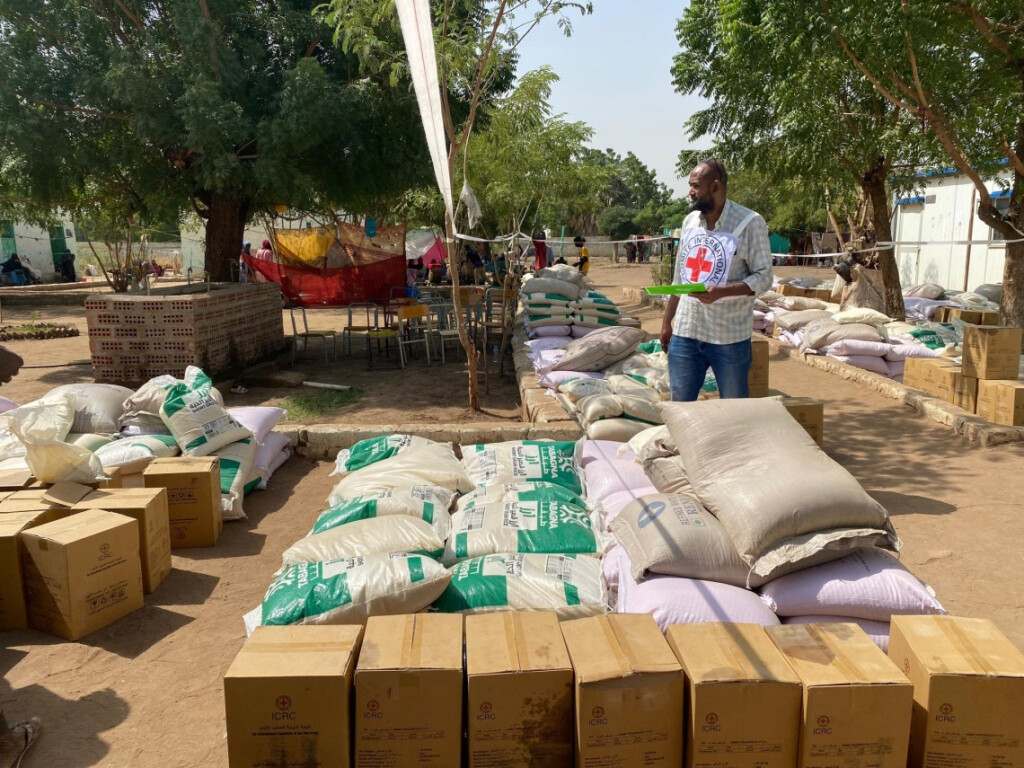
The International Committee of the Red Cross (ICRC) and the Sudanese Red Crescent Society (SRCS) distribute humanitarian aid to displaced people in El Gezira (File photo: ICRC)
As the world marks World Humanitarian Day on August 19, under this year’s theme Strengthening Global Solidarity and Empowering Local Communities, Sudan stands as a sobering reality of why such solidarity is not an abstract principle, but a matter of survival. At least 84 humanitarian workers have been killed in Sudan since the conflict erupted in April 2023, according to the UN Security Council, with other estimates placing the toll above 100. Alongside these deaths, more than 12 million people have been displaced, making Sudan the world’s largest displacement crisis. Famine has been formally declared in multiple localities across North Darfur, and hundreds of thousands of civilians remain under siege in El Fasher.
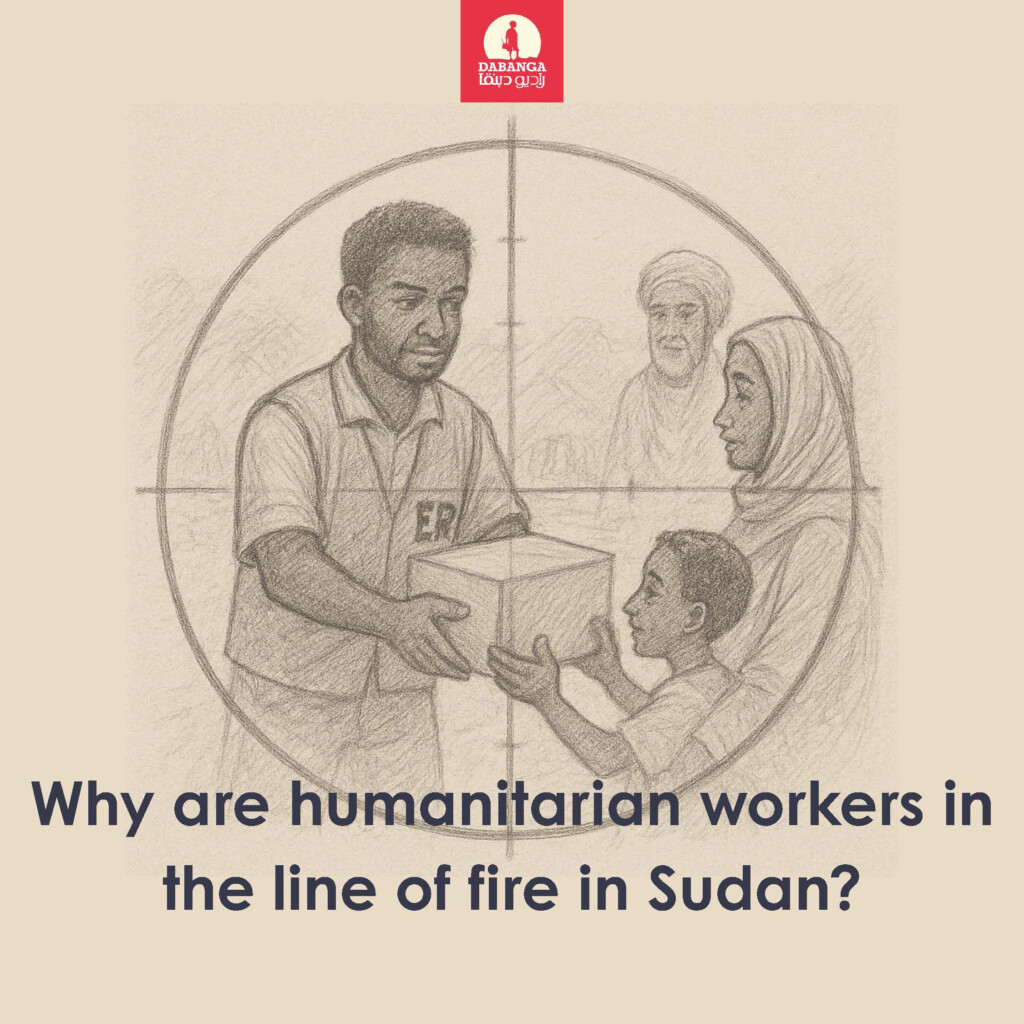
The humanitarian crisis in Sudan
Since the outbreak of war in April 2023, Sudan has spiralled into the world’s largest displacement crisis, with more than 12 million people uprooted from their homes. Of these, 8.6 million internally displaced and nearly 4 million forced into neighbouring countries, according to the latest UNHCR Sudan Emergency Appeal data. The collapse of state institutions has left civilians to fend for themselves amid famine, mass killings, and outbreaks of preventable diseases.
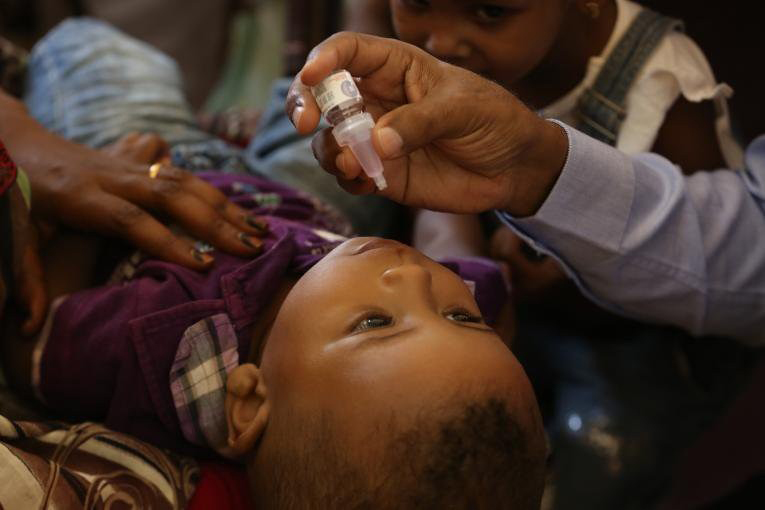
Darfur has borne the heaviest toll. In 2024, the IPC Famine Review Committee confirmed famine in Zamzam camp, where hundreds of thousands of displaced people are concentrated. The committee warned of catastrophic hunger in neighbouring Abu Shouk and El Salam camps, where families have survived on wild foods and inadequate rations.
In December 2024, Radio Dabanga , reported that famine had been declared in five localities in North Darfur, after the Sudanese government withdrew from cooperating with the IPC system. The analysis indicated that more than leaving over 600,000 people were facing catastrophic starvation, with Zamzam camp at the centre. The report added that El Fasher was on the verge of famine, with nearly half a million civilians trapped under siege.
By 2025, Relief International described the situation as a “profound tragedy”, particularly after an armed attack on its clinic in 2025 that left nine aid workers dead, effectively dismantling the latest functioning health service for the camp’s occupants.
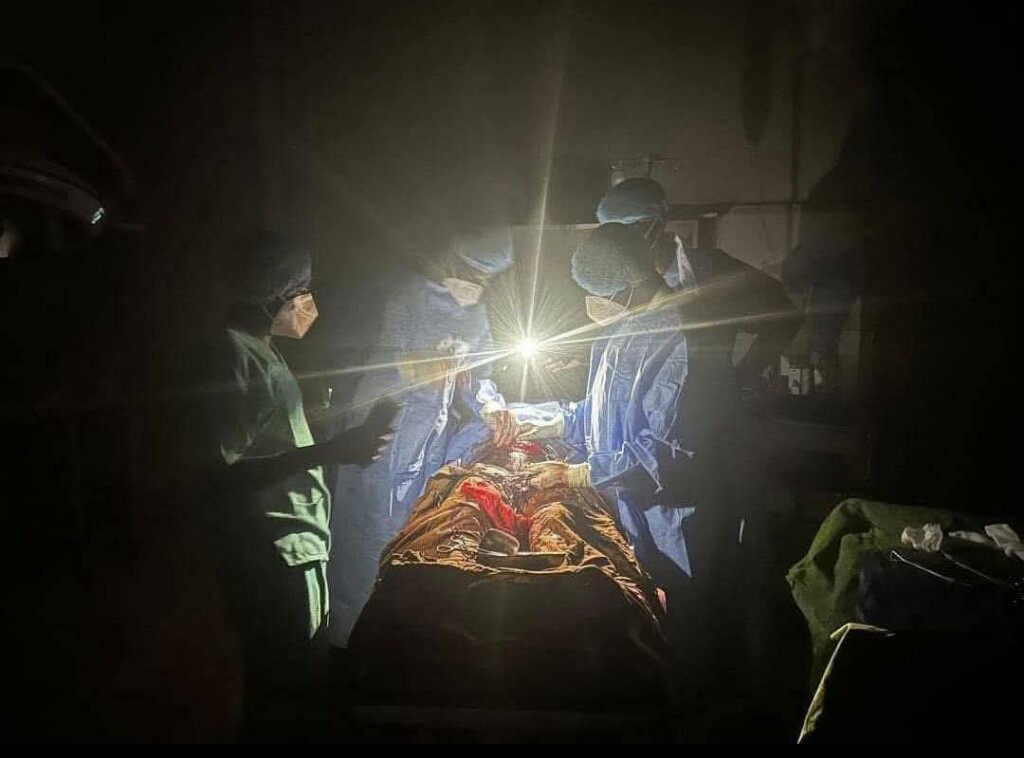
(File photo: SUNA)
In South and West Kordofan, escalating clashes have forced families into makeshift shelters with scarce access to food or medicine, as highlighted by the March 2025 UN OCHA briefing. South and West Kordofan reveal the same spirit of resilience. In January 2024, Radio Dabanga reported that “people … are desperately searching for food after the agricultural season … failed,” adding that “people living in Kartala and surroundings fear possible attacks by the Rapid Support Forces (RSF).” In February 2025, Radio Dabanga documented that “at least 44 civilians, including children, were killed following artillery shelling on Kadugli.” By May 2025, renewed clashes in Dibebad displaced 565 families and obstructed relief access, according to UN OCHA’s Displacement Tracking Matrix via ReliefWeb, which confirmed “2,825 individuals (565 families) have been displaced.”
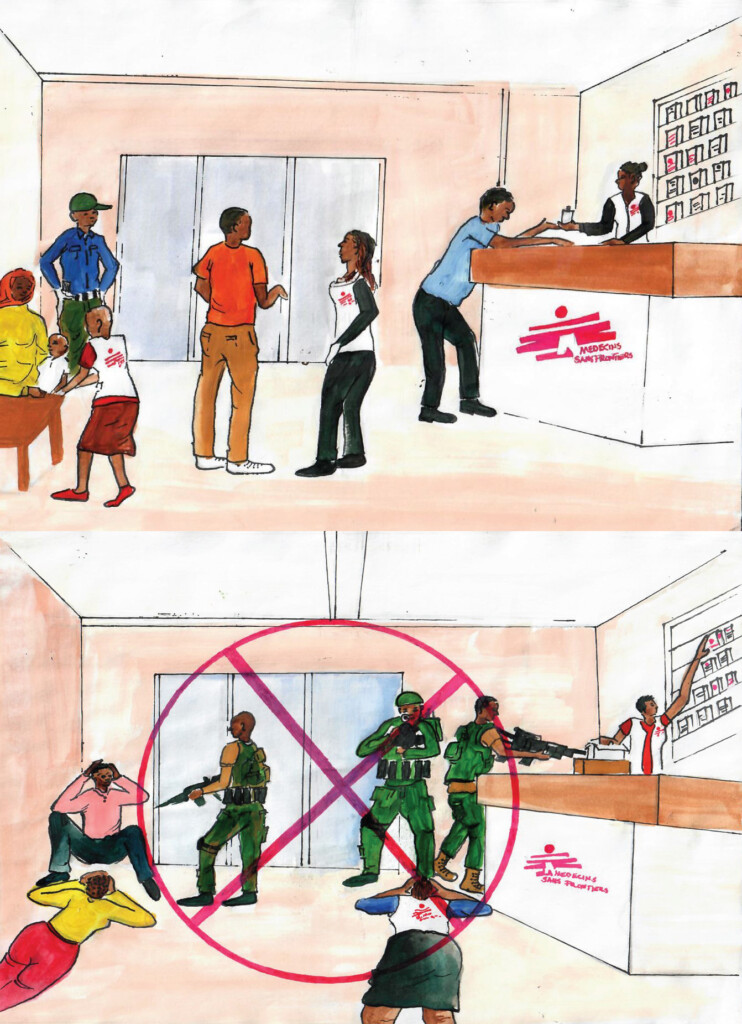
In Khartoum, Sudan’s capital, entire districts have been abandoned due to indiscriminate shelling and widespread looting. In March 2024, Radio Dabanga documented mass evacuations from Khartoum North’s El Samarab and Dardouk neighbourhoods, where emergency responders warned, “many of us are exposed to real risks resulting from the use of residential areas as areas of conflict and war.” Later, on 7 August 2024, Radio Dabanga reported on shelling in Omdurman’s El Anfal area that struck a grocery store, killing civilians and illustrating how fighting displaced residents and shuttered local services.
Across conflict-affected areas, the World Health Organization documented that over 70 per cent of health facilities in conflict-affected areas are no longer functioning. Meanwhile, Médecins Sans Frontières (MSF) has warned of Sudan’s worst cholera outbreak in years. Since July 2024, there have been more than 99,700 suspected cases and over 2,470 related deaths, and in just one week MSF treated over 2,300 patients and recorded 40 deaths in Darfur alone.
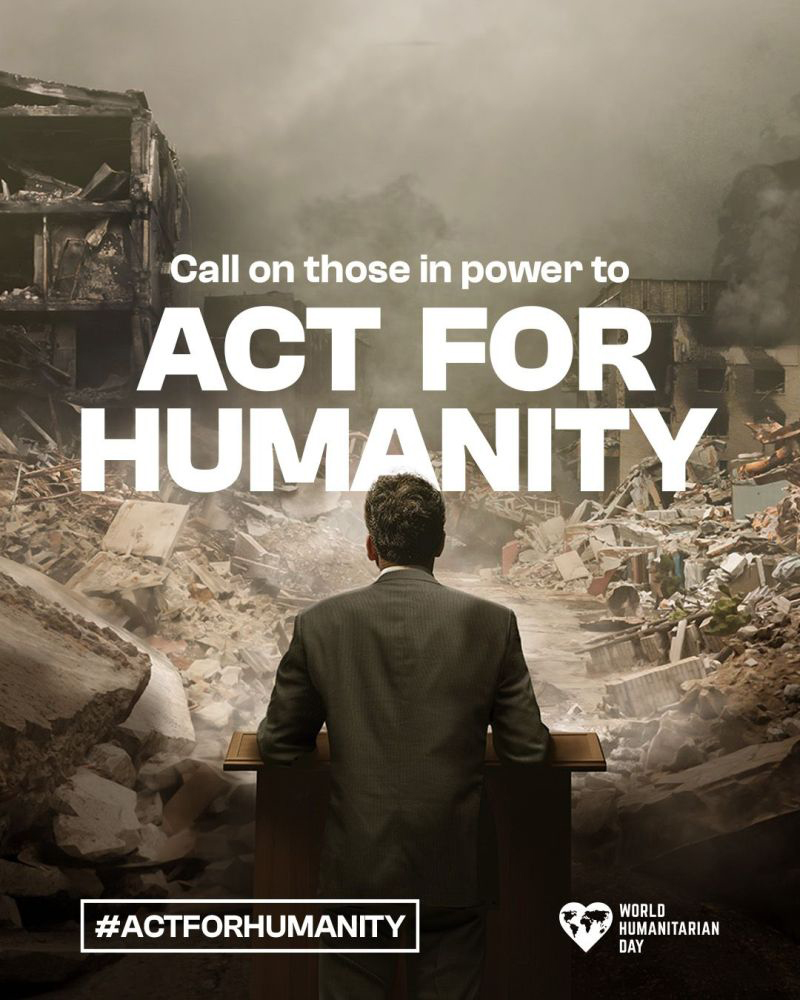
Sudanese communities respond
The World Humanitarian Day 2-25 theme of Strengthening Global Solidarity and Empowering Local Communities is not just aspirational in Sudan. It reflects the reality on the ground, where grassroots groups have stepped in to save lives as international access shrinks and state institutions collapse.
In Darfur, Emergency Response Rooms (ERRs) have emerged as community lifelines. These grassroots networks coordinate evacuations, distribute water, food, medicine, and shelter, and even run makeshift schools in displacement camps. Their efforts were recognised with a 2025 Nobel Peace Prize nomination, as Radio Dabanga reported ERRs’ Nobel endorsement. The importance of these initiatives was reinforced when Chatham House highlighted in its analysis “Local Aid Groups Are Keeping Sudan Alive” that local volunteers are filling the gap where international aid cannot.
In South and West Kordofan, resilience takes the form of solidarity kitchens, improvised classrooms, and informal health posts run by volunteers. Reports from humanitarian observers note that, even as funding shortfalls forced closures in many parts of the region, communities continue to mobilise what little they have. Refugees International highlighted that more than 70 per cent of kitchens in the two regions face closure, yet in a few camps in South Kordofan volunteers still manage to provide daily meals for thousands of displaced families, with women at the forefront of organising these responses. CARE Sudan has documented how such community kitchens not only reduce hunger but create a sense of stability and safety in otherwise fractured environments.
In Khartoum, where state institutions have all but vanished, local solidarity networks operate under extreme insecurity. Volunteers have created informal medical posts inside neighbourhoods, sharing scarce supplies and pooling resources for medicine, as illustrated when volunteer medics turned a school into a makeshift hospital for emergency care. Community teachers have kept lessons alive in makeshift classrooms and alleyways for displaced children who cannot return to schools, a resilience captured in accounts of mutual aid networks setting up learning centres and safe spaces amid disrupted schooling in Omdurman.
These actions reflect the same determination once observed in global grassroots humanitarian efforts, now rooted firmly in survival and dignity under siege. Together, they embody the very spirit of this year’s humanitarian theme: that in the absence of functioning government and declining international access, Sudanese communities are sustaining life through their own collective action.
Aid workers caught in crossfire
Since April 2023, the brutal impact on humanitarian workers in Sudan has intensified. The UN Security Council reported that “at least 84 humanitarian workers, all Sudanese nationals, have been killed since the conflict began”, emphasising the dangerous environment in which they operate.
The dire threat became heartbreakingly clear in April 2025, when Relief International confirmed that “nine of our brave and dedicated colleagues” were killed in a targeted attack by RSF militants on a clinic in Zamzam camp, one of the few medical facilities still operating amid the siege. The tragedy underscored the extreme vulnerability of frontline staff, even when working inside humanitarian compounds.
This reality has been reinforced in multiple reports. A UN briefing, cited by The Soufan Centre, noted that “at least 85 aid workers have been killed since the start of the war,” cementing Sudan’s place among the deadliest countries for humanitarian actors. These losses, largely endured by Sudanese staff who form the backbone of aid operations, highlight the disproportionate risks faced by local responders.
The insecurity also extends to supply lines. AP News reported that in June 2025 a WFP-UNICEF convoy was ambushed near El Koma, resulting in “five aid workers killed,” while trucks laden with vital relief supplies were destroyed. Such attacks not only take lives but further cripple the already thin humanitarian pipeline, depriving millions of critical food and medical aid.
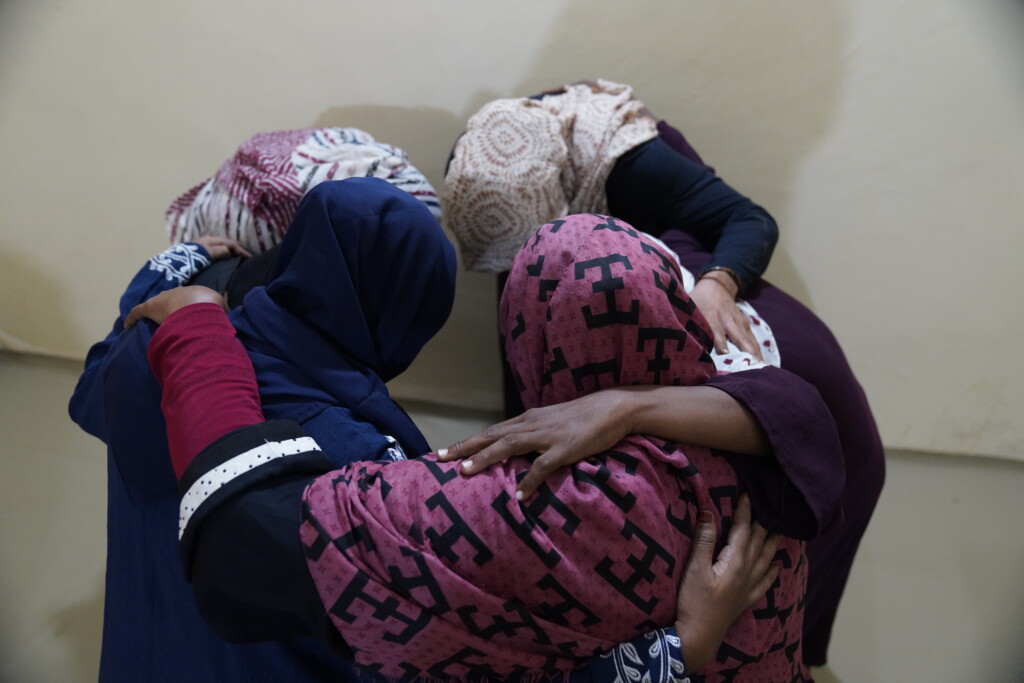
Amid mounting insecurity, the international community has issued repeated calls for accountability. In a joint statement, 30 donor nations declared that “attacks against civilians and humanitarian workers” must stop, stressing that humanitarian access is not a privilege but a fundamental right. Yet despite these appeals, aid workers remain caught in the crossfire, struggling to maintain lifesaving operations under relentless threat.
Crisis persists
Sudan’s humanitarian crisis shows no signs of easing. The civil war, now stretching into its third year, sits at the core of this ongoing emergency, torn governance structures, fractured institutions, and volatile frontlines continue to interrupt the delivery of critical aid. As analysts have observed, “famine conditions spreading from six locations to a projected 17 locations,” with blocked assistance and heavy rains compounding the impact.
At the same time, international humanitarian support continues to lag. The World Food Programme has warned that famine is looming in areas south of Khartoum, where “need on the ground outstrips resources”, highlighting deepening gaps in response capacity amid escalating hunger.
Meanwhile, disease outbreaks are eroding resilience among already vulnerable populations. Cholera, amplified by collapsed water and sanitation systems, has become one of the deadliest public health threats amid the conflict, especially where displacement and overcrowding leave communities exposed.
These intersecting crises, famine, institutional breakdown, aid restrictions, and disease, underscore a stark truth: without ceasefire, governance reform, and scaled-up humanitarian cooperation, Sudan’s suffering will continue to deepen under siege.







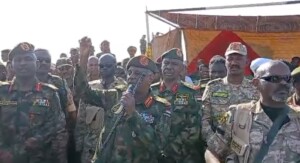
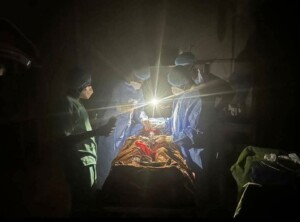
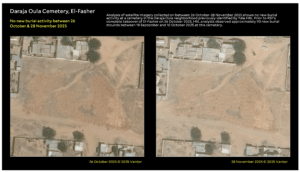
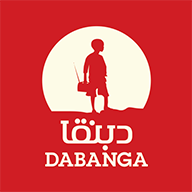
 and then
and then